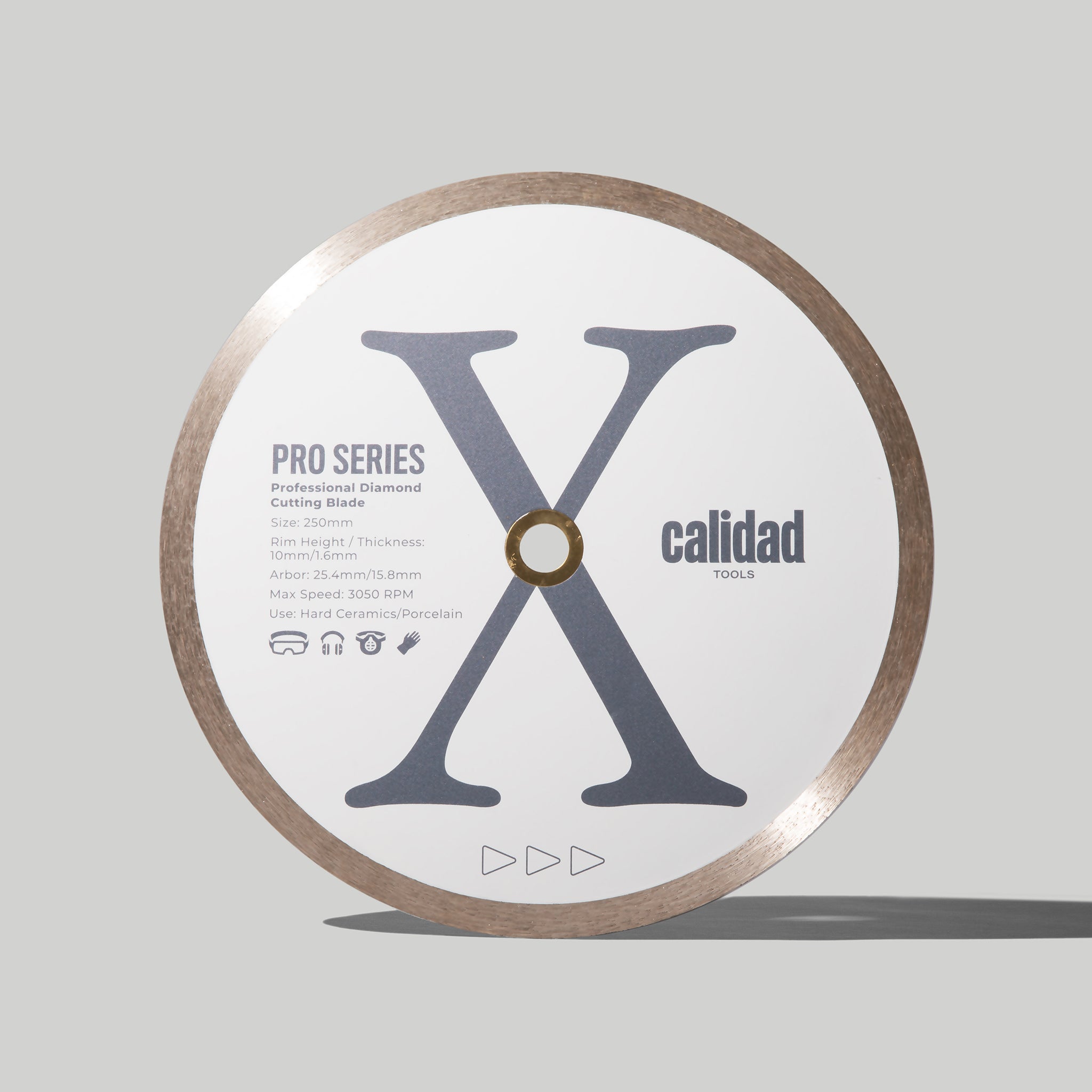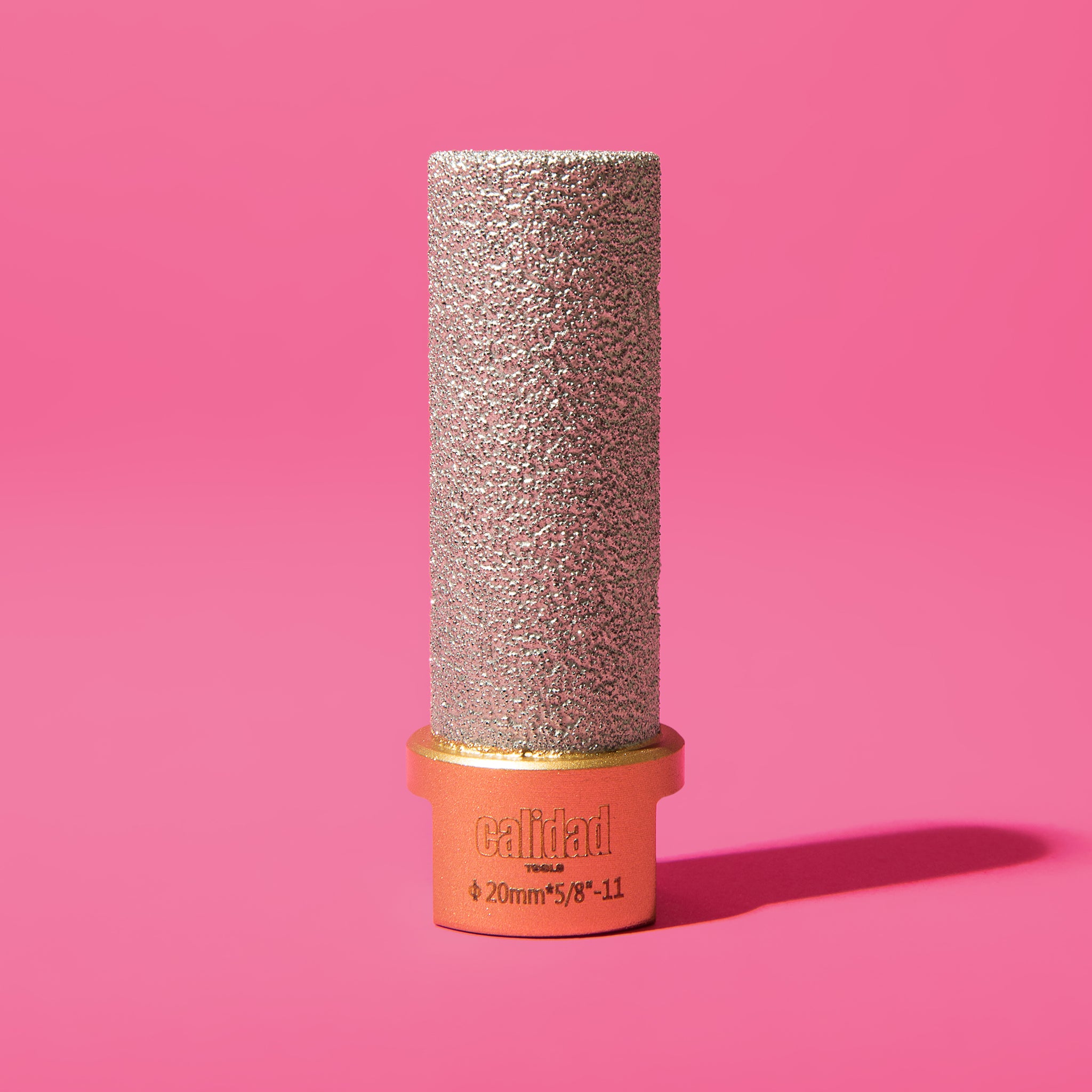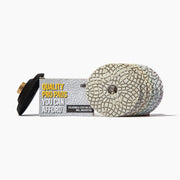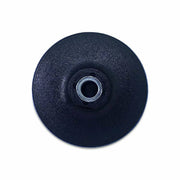Uncoupling Membrane For Tile: A Complete Guide On How To Ensure A Stable Surface For Installing Tiles

When it comes to tiling, many factors can influence the longevity of your project. If the substrate is uneven or unstable, that can lead to grout problems, cracked tiles, and many other costly and time-consuming issues to fix.
Enter uncoupling membranes for tiles - a specialized layer that sits between the underlayment and the tile. In this article, we will go over every detail of this technology - from what it is to how to pick and install one or more.
What Is An Uncoupling Membrane For Tile?
As I mentioned in the intro, an uncoupling membrane is a specialized layer between the underlayment and the tile.
The main function of this layer is to decouple the tile from the substrate.
The membrane then allows for independent movement of the two layers, which prevents stress, movements, and cracks in the tile and grout.
So, if you're pretty sure the substrate will move, you should consider using an uncoupling mat.
Of course, this technology has many other benefits, but I'll get to those a bit further in the article. Let's first explore why it's so important.

Why Are Uncoupling Membranes Important?
I'll keep this as short and sweet as possible. Here's why uncoupling membranes is so crucial:
Crack Prevention
Prevents tiles from cracking due to substrate shifts.
Waterproofing
There are quite a few uncoupling membranes that have waterproofing features, which greatly helps in stopping moisture from penetrating the substrate.
Noise Insulation
Capable of diminishing sound transmission, particularly beneficial for multi-story structures or spaces requiring noise reduction.
Thermal Insulation
Some membranes offer thermal insulation, which is great for rooms that need precise temperature control.

Are There Different Types Of Uncoupling Membranes?
When it comes to uncoupling membranes, the options are as diverse as they come, each boasting its own quirks and perks. Knowing the ins and outs of these choices is key to snagging the perfect membrane for your project's needs.
Cement-Based Uncoupling Membrane
Cement-based uncoupling membranes are made by blending cement and polymers. You apply them in a thin layer directly onto the substrate using thinset mortar.
Once they dry, they create a strong surface for tiling. These membranes are great for busy areas and can handle heavy loads.
Sheet Uncoupling Membrane
Sheet membranes are made of flexible, waterproof material (usually polyethylene) that comes in rolls or sheets. You attach them to the substrate using thinset mortar or adhesive.
These membranes are excellent at keeping moisture out and are commonly used in wet areas such as bathrooms and kitchens.
Liquid Uncoupling Membrane
Liquid uncoupling membranes are applied as a liquid and then dry to create a continuous, waterproof barrier. They're flexible and can be used on different surfaces like concrete, plywood, or existing tile.
These membranes are great for surfaces with irregular shapes or complex layouts.
Fleece-Backed Uncoupling Membrane
Fleece-backed membranes offer the advantages of sheet membranes with an extra fleece layer for enhanced bonding strength with thinset mortar. They're simple to install and provide great crack isolation properties.
When choosing a membrane type, you should consider your project's needs, such as substrate type, expected loads, and moisture levels.

Why You Should Use An Uncoupling Membrane?
Here are all the key reasons why you should use an uncoupling membrane in your tiling projects:
Prevent Tiles From Cracking
Uncoupling membranes offer a crucial advantage by isolating tiles from substrate movement, especially in areas susceptible to shifting or settling, like homes with wooden subfloors or regions with clay-rich soils.
Helps With Waterproofing
Tons of uncoupling membranes provide waterproofing features, shielding against moisture seeping into the substrate. This safeguard prevents water damage and mold formation, crucially in areas prone to moisture, like bathrooms and kitchens.
Helps With Sound Reduction
Uncoupling membranes offer excellent sound insulation properties, particularly in multi-story buildings or spaces where noise control is essential. They reduce sound transmission between floors, fostering a quieter and more serene atmosphere.
Helps With Thermal Insulation
A few uncoupling membranes feature thermal insulation characteristics, contributing to the preservation of a steady temperature in heated floors. This attribute is advantageous in colder climates or areas equipped with underfloor heating systems.

How To Choose The Right Uncoupling Membrane
Now that you know why you should use them, let's go over how to choose the right uncoupling membrane for your needs:
What Are Your Project Requirements?
Determine the specific requirements of your project. Are you dealing with a wet environment necessitating waterproofing? Do you require acoustic insulation? Identifying the needs of your project will help you choose the right membrane.
What's The Type Of Substrate You're Using?
Your membrane selection will be influenced by the type of substrate you're working with. For instance, if you're dealing with a wooden subfloor, you'll require an uncoupling membrane capable of accommodating the flexing and movement associated with wood.
Compatibility With The Adhesive
Make sure the uncoupling membrane you select is compatible with the thinset mortar you intend to use. Certain membranes may necessitate a particular type of thinset to ensure proper adhesion.
What's Your Budget?
Take into account the range of prices for different uncoupling membranes. While staying within your budget is important, keep in mind that opting for a high-quality membrane can ultimately save you money by averting expensive tile and grout repairs down the line.

How To Install An Uncoupling Membrane
Installing an uncoupling membrane properly is crucial for it to be effective. This is why I prepped this step-by-step guide on how to install an uncoupling membrane:
Prep The Surface
Before installing the membrane, ensure the substrate is thoroughly cleaned, dry, and devoid of any debris or contaminants. Additionally, fix any cracks or imperfections in the substrate to ensure a smooth and even surface for membrane application.
Cut And Place The Membrane
Measure the area where you intend to install the membrane and cut it to the appropriate size, leaving a slight gap (typically around 1/8 inch) between the edges of the membrane and walls or other fixed structures. Next, apply thinset mortar to the substrate and firmly press the membrane into position, ensuring it adheres securely.
Seal The Joints And Seams
When working with sheet or fleece-backed membranes, it's important to use waterproofing tape or bands to seal any joints and seams. This ensures the membrane maintains its waterproofing integrity, effectively protecting against moisture infiltration.
Tile Over The Membrane
After successfully installing and sealing the membrane, you can proceed with tiling over it. Follow the manufacturer's guidelines for selecting and applying thinset and grout to ensure optimal results. And when it comes to installing tiles, we have you covered. Check out our store and pick up premium cutting blades, leveling systems, protective gear, and everything in between.
How To Maintain And Repair Uncoupling Membranes
Keeping the membrane in top shape is crucial for its longevity. Here's how to properly maintain and repair the membrane:
Inspect For Damage
Regularly check the membrane for damage like cracks, tears, or loose sections. Promptly fix any problems to prevent water damage to the subfloor.
Replace Damaged Sections
If a part of the membrane sustains significant damage, it might require replacement. Remove the damaged section carefully, apply fresh thinset, and install a new piece of the membrane as a replacement.
Clean And Seal
Ensure the membrane remains clean and debris-free to uphold its functionality. Regularly inspect and reseal joints and seams as necessary to preserve its waterproofing capabilities.

Common Mistakes To Avoid When Dealing With Uncoupling Membranes
Avoiding common pitfalls when it comes to installing a waterproof uncoupling membrane is crucial for a successful tiling project.
Here's what mistakes you should give your best to avoid:
- Bad Substrate Prep - Neglecting substrate preparation can result in adhesion problems and reduced membrane effectiveness. Dedicate time to cleaning, repairing, and leveling the substrate appropriately.
- Bad Installation - Adhere closely to the manufacturer's installation instructions. Incorrect installation may lead to issues such as poor adhesion, water leakage, or compromised crack isolation capabilities.
- Poor Joints And Seals - Ensure thorough sealing of seams and joints to maintain the membrane's waterproofing integrity. Meticulousness in applying waterproofing tape or bands is crucial.
- No Maintenance - Regularly inspect and maintain your uncoupling membrane to prevent damage that could become more difficult and expensive to repair over time.
Conclusion
Uncoupling membranes play a vital role in ensuring the stability and durability of your tiling endeavors. Offering benefits such as decoupling tiles from the substrate, waterproofing, sound reduction, and thermal insulation, they are indispensable for various tiling projects.
When choosing and installing uncoupling membranes, it’s crucial to consider project-specific needs, substrate type, thinset compatibility, and budget constraints. Avoid common pitfalls and prioritize regular upkeep to maximize the advantages of these membranes and achieve enduring, visually appealing tiled surfaces.
Don't forget to visit and check out our store for a wide range of premium tiling tools and accessories. Elevate your tiling projects with reliable products and expert guidance, ensuring long-lasting, aesthetically pleasing results that stand the test of time.












